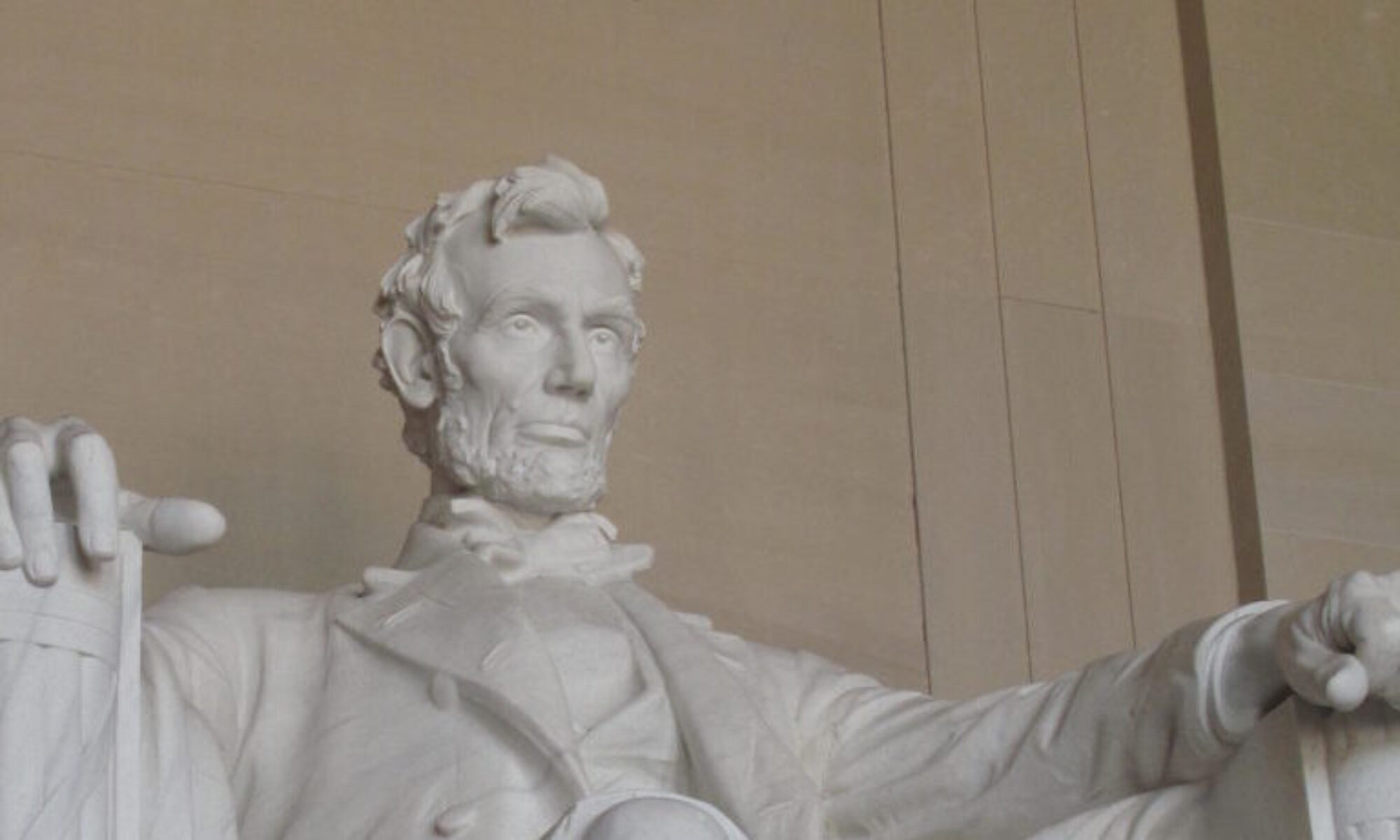On September 13th, 1965 the Beatles released a single in the United States that they had been arguing for months about. The signature Beatles sound was a carefully developed synthesis of the rockabilly roots and rhythm beats of the so called Merseybeat produced by local bands from Liverpool by the Mersey River, such as Gerry and the Pacemakers, and Americans such as Buddy Holly and the Crickets. Time perfecting their craft in Germany gave the Liverpool lads a somewhat harder edge that they were quite proud of, and they clearly saw themselves as a rock and roll band. They had leapfrogged everybody in the highly competitive British music scene to position themselves as THE music act in Britain and became concerned when Paul McCartney suggested a solo ballad be included in their next album. He had obtained the whole of the song as the legend goes in a single dream, and worried for some time given its unique birth as a finished melody that he had possibly heard it elsewhere and taken it as his own. When performed for others , all felt it was unique, but unlike anything the Beatles were writing or performing, and therefore, not likely the type of thing that would promote the group.
The original lyrics were space fillers, “scrambled eggs, my baby how I love your legs.” Eventually McCartney tinkered with the song until inspiration brought to him the linear lyrics that secured the ballad. George Martin, the band’s producer, saw the song in keeping with a long line of troubadour songs and positioned it solo with backing of a string quartet, to the dismay of the other band members. John Lennon is quoted as saying, “Paul’s lyrics did not resolve into any sense. They’re good, but if you read the whole song, it doesn’t say anything, you don’t know what happened. She left, and he wishes it were yesterday.” (beatles interview database). Most disconcertingly, it put Paul out in front in solo – was this now Paul or was this still the Beatles? It is hard now to believe, given the eventual historical breakup and solo carreers, but in 1965 it matter to all members of the group. Finally, with hesitation, the song was included in the HELP! album supplementing the Beatles recent movie and released as a single. And all hell broke lose…
Yesterday spent four consecutive weeks number 1 in American charts and remained the most played song on American radio for the next eight years. It has conclusively become the most covered song ever, with over 1600 versions by various artists publically recorded. With its ballad form and string quartet it change the Beatles forever into performers experimenting in the recording studio, rather than a live performing group. The demands of creating a new sound with each album became a challenge that eventually consumed their comfort with each other, and strained this most prolific of composition duos, Lennon and McCartney to the point of complete fracture.
All that from a song…
